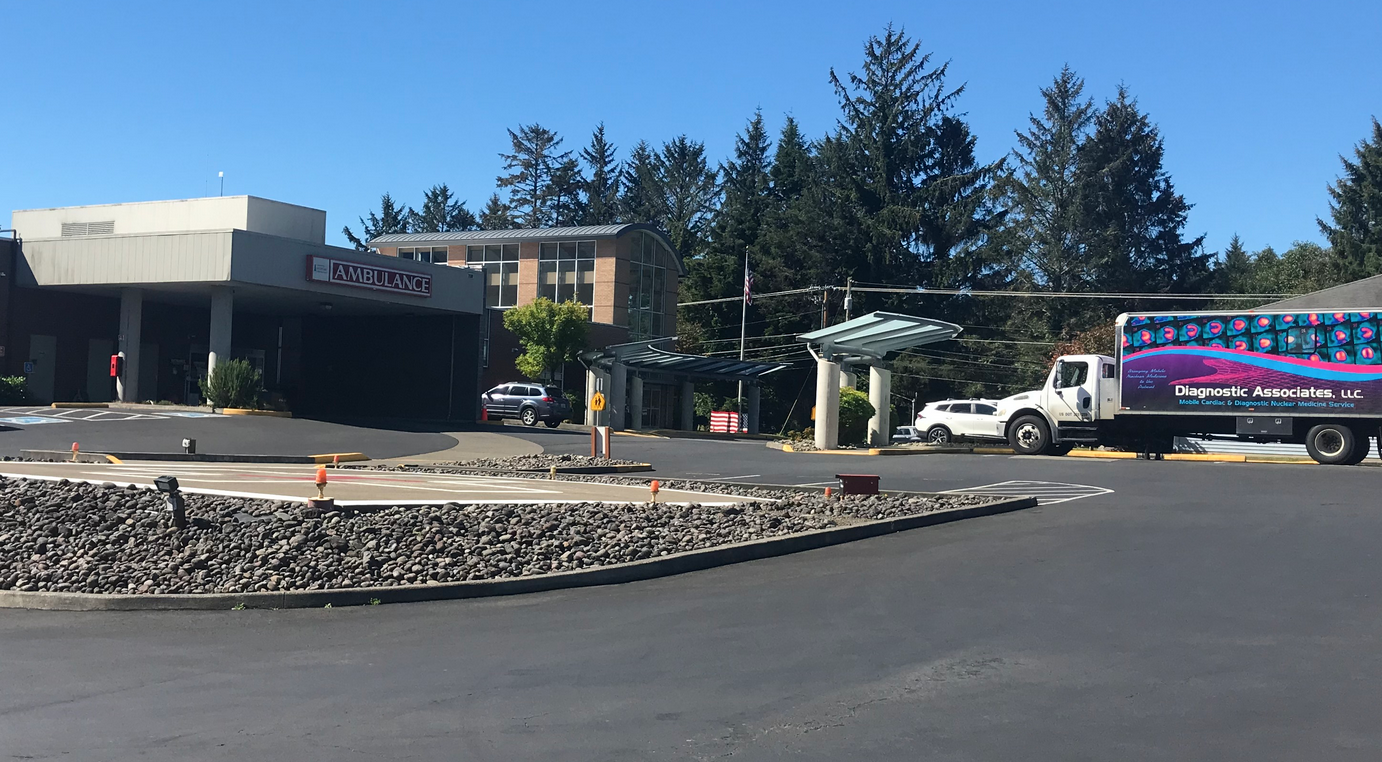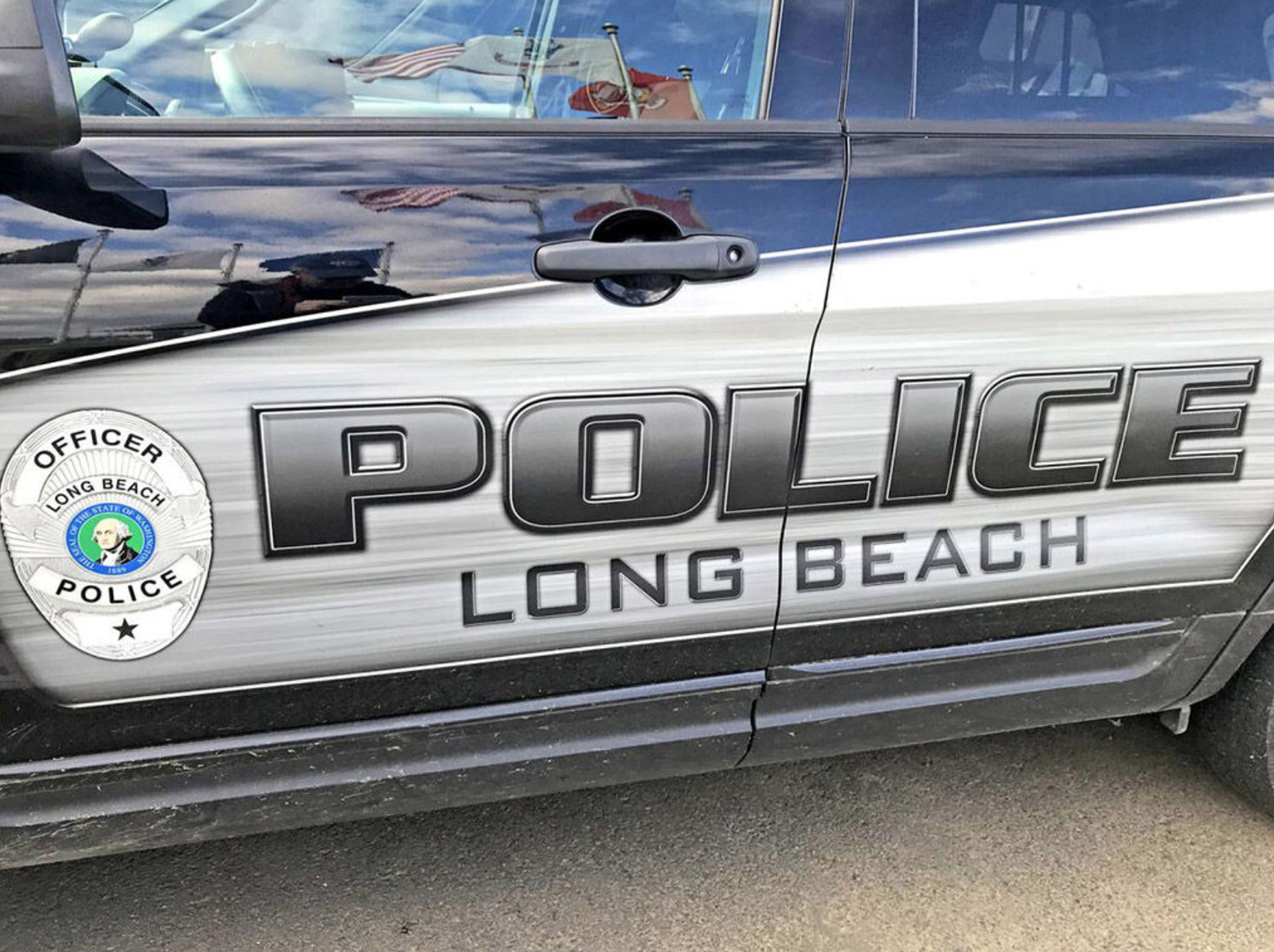Washington’s Salmon Recovery Funding Board issues grants
Published 4:00 pm Tuesday, December 28, 2004
OLYMPIA – Washington Gov. Gary Locke has announced the award of $26.7 million, including nearly $1.3 million in Pacific County, in grants to local communities across the state to protect and restore salmon habitat in his state.
Trending
The grants, ranging from $26,000 to more than $1 million, were given to organizations within 27 counties for work ranging from planting trees along streams to cool the water for salmon, to replacing crushed culverts that prevent salmon from migrating, to changing stream channels to create better places for salmon to spawn and grow.
In the wake of Endangered Species Act listings in the 1990s for salmon and steelhead, Washington created the Salmon Recovery Funding Board to oversee the investment of state and federal funds for salmon recovery. Since 2000, the board has awarded $214.7 million in grants for 591 projects.
“These grants are an important part of helping restore salmon,” Locke said. “Washington’s approach to funding these projects is a national model. We asked local groups to set the priorities within their communities and develop projects. These projects have involved thousands of citizens statewide – from school children to city mayors. It’s a tremendous grassroots effort.”
Trending
This year, there were 188 projects requesting a total of $47.4 million, nearly double the funding available. The Salmon Recovery Funding Board approved projects for funding on Dec. 3.
Projects were proposed by a wide range of watershed interest groups including local governments, nonprofit organizations and tribes. Local technical advisors use their scientific understanding of the watershed to evaluate projects and then local citizen groups used those recommendations to make a final list to submit to the board.
This year, local communities were asked to develop strategic plans for salmon recovery in their watersheds and to make sure the projects they submitted for funding addressed those strategies. A statewide panel of experts then reviewed their projects lists.
“Local communities have demonstrated steady progress in the quality of the projects they submit for funding,” said William Ruckelshaus, board chairman. “We asked them to go a step further this year and develop strategic plans that will be a road map for them and for us. That way we know the projects are the most effective and we are addressing the highest priority needs for their areas. Collectively, we are doing a better job of funding the best of best.”
The Salmon Recovery Funding Board awarded grants for 103 individual projects, including 53 projects for habitat improvements such as planting trees along streams for shade and removing fish passage barriers. The board provided grants for 16 projects that focus on the purchase of key salmon habitat, 26 projects for studies and plans to help identify priority activities for the future and another eight projects that combine habitat acquisition, improvements or studies.
The SRFB’s citizen members appointed by the governor are: Ruckelshaus; Frank L. “Larry” Cassidy, Vancouver; Brenda McMurray, Yakima; James Peters, Olympia; and Steve Tharinger, Clallam County. Five state agency directors or elected leaders also serve as members (Conservation Commission, Department of Ecology, Department of Fish and Wildlife, Commissioner of Public Lands and Department of Transportation).
Pacific County$1,296,993
Restoring the Fort Columbia wetland $168,521
The Columbia River Estuary Study Taskforce will use this grant to replace an undersized culvert in Fort Columbia State Park. Construction of Highway 101 and installation of a culvert disconnected the Chinook River and associated floodplain from the Columbia River estuary. As a result, 96 acres of habitat was converted into freshwater wetland. By replacing the culvert, a connection will be reestablished between the Chinook River and the estuary allowing fish and wildlife to once again get to the wetland. The Chinook River supports populations of Lower Columbia fall Chinook and chum salmon, both of which are threatened with extinction, coho salmon as well as steelhead and coastal cutthroat trout. The taskforce will match this grant with a $199,700 federal grant.
Restoring the Baker Bay Estuary$115,679
The Vancouver office of Ducks Unlimited will use this grant to restore 40 acres of wetlands at the mouth of the Wallacut River in Pacific County. Restoration will involve breaching the dike along the Wallacut River in several places, removing a tide gate, restoring historic tidal channels, removing one culvert and building a setback levee to protect a house. This property represents some of the last undeveloped tidelands and shoreline in Baker Bay. More than 40 acres of the property will be restored to wetlands, which provide excellent nursery and rearing habitat for young salmon. These habitats are also very important for Chinook, coho and chum salmon. Ducks Unlimited will match this grant with $21,000 in donated labor and a federal grant.
Removing barriers to fish passage on Johnson Creek
$155,122
The Pacific Conservation District will use this grant to remove a metal structure in one area and to realign a road and replace a culvert in another area, removing barriers to salmon migration in Johnson Creek near the Naselle Salmon Hatchery. In the first area, the district will remove a structure near the outlet of the main Wirkkala Pond that has created a 4-foot drop and reconstruct 350 feet of natural stream channel, thereby opening up 1.45 miles of habitat that will benefit all salmon. In the second area, the road will be moved 10 feet to the east, a rusted culvert that impedes fish passage in a tributary of Johnson Creek draining the upper Wirkkala Pond will be replaced, 80 feet of channel containing large, wood debris will be constructed and a new river channel will be connected to a pond, all opening up 1.23 miles of habitat. The Pacific Conservation District will match this grant with $27,375 in donated equipment, labor and materials.
Replacing culverts on Oxbow Creek
$352,183
The Willapa Bay Regional Fish Enhancement Group will use this grant to replace culverts that are blocking fish passage on Oxbow Creek east of Raymond. The undersized culverts are blocking 4.1 miles of spawning and rearing habitat for chum, coho, Chinook, steelhead and cutthroat trout. The goal of the project is to connect isolated habitat to increase the range and distribution of salmon. The fish enhancement group is partnering with the state departments of Natural Resources and Fish and Wildlife, the landowner and Pacific County. The Willapa Bay Regional Fish Enhancement Group will match this grant with $62,120 in donated cash and labor.
Buying and restoring Skidmore Slough
$460,488
The Sportsmen’s National Land Trust will use this grant to buy 80 acres and begin restoration of degraded shoreline and wetlands that sustain Skidmore Slough near South Bend. The land trust will remove blackberries and replant the area with native plants. The overall goal of the project is to restore degraded water quality and salmon access to about 3 miles of rearing channels in the Willapa River and to remove and replace structures that block salmon migration. The Sportsmen’s National Land Trust will match this grant with $81,215 in donated labor and federal and state grants.
Prioritizing projects in the Willapa Bay Estuary
$45,000
The Coastal Resources Alliance will use this grant to assemble historic information that will help it prioritize habitat in Willapa Bay for its value to salmon and as a restoration project. The Coastal Resources Alliance will match this grant with $8,000 in donated cash, equipment and labor.
Wahkiakum County$269,485
Restoring habitat in the Grays River
$269,485
The Grays River Habitat Enhancement District will use this grant to place one large rock structure, six smaller rock structures and large woody debris in the Grays River near the bridge, as a way to create spawning habitat for salmon. The placement of these structures in the river will create a series of eight shallow pool areas. The river is home to Chinook, chum, coho and steelhead. Because of the river’s recent migration in this area, shoreline plants, other than grass and blackberries, have been washed away. This results in unnecessary heating of the water through this reach and removal of all trees and plants that would provide shade and cover. The addition of large woody debris will provide places for salmon to hide from predators. The entire 5-acre area, which is privately owned, will be planted with Western red cedar, dogwood, willow, Douglas fir, western hemlock and other suitable shade and cover trees and plants. The district will match this grant with $46,833.
For more fish and wildlife news, read (http://www.cbbulletin.com).








